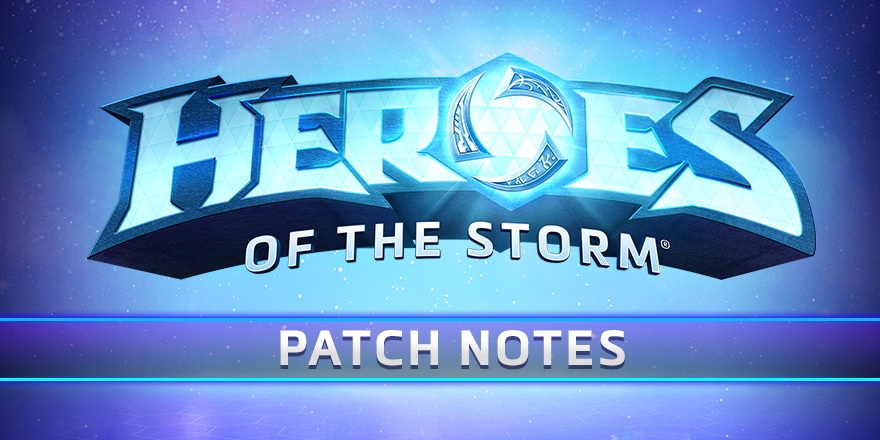Headline: OpenAI Enhances ChatGPT Desktop Apps with Third-Party Integration for Mac and Windows
OpenAI is taking significant strides to enhance user experience by introducing updates to its ChatGPT desktop applications for Mac OS and Windows PC. By allowing direct third-party application integration, OpenAI aims to streamline workflows and encourage users to incorporate ChatGPT into their everyday tasks seamlessly.
Enhanced Integration and Functionality for Developers
Following the recent release of desktop applications for ChatGPT, OpenAI has introduced a feature that allows Mac OS users to open popular integrated development environments (IDEs) such as VS Code, Xcode, Terminal, and iTerm2 directly from the ChatGPT interface. This convenient capability targets developers—one of ChatGPT’s primary user demographics—allowing them to streamline coding tasks without the hassle of switching between multiple applications.
Alexander Embiricos, product lead for the ChatGPT desktop team, emphasized the need for this integration, citing user behavior patterns of copy-pasting text and code from ChatGPT to other applications. “We wanted to start integration with IDEs because we know a lot of our customers are developers,” Embiricos explained, adding that this integration also prioritizes user privacy by requiring manual activation to open third-party apps.
With this new feature, users can initiate coding sessions in ChatGPT and seamlessly transition into VS Code, which will automatically open with the code they are currently working on. The flexibility allows users to have multiple applications running simultaneously while utilizing ChatGPT, enhancing the overall user experience.
Windows Users Join the Revolution
While the third-party app integration for Mac OS is already live, Windows PC users are not left behind. ChatGPT’s desktop application for Windows is now widely available for download, transitioning from a limited release to full accessibility for all users. This update includes exciting new features such as Advanced Voice Mode and the ability to take screenshots, further augmenting user interaction with the platform.
“ChatGPT can understand what you’re describing to it, of course, but if you add a photo to your chat, its responses are richer,” noted Embiricos, highlighting the value this functionality adds to user queries. By integrating screenshot capabilities that leverage unique Windows features, OpenAI aims to enhance user dialogue with ChatGPT.
Many features from the Mac OS desktop app are also set to migrate to Windows, focusing on making ChatGPT accessible and efficient on both platforms.
The Shift Towards Integrated Interfaces
The move to introduce desktop versions of ChatGPT is part of a broader trend in technology that sees chat interfaces becoming crucial tools for productivity. Previously, users depended on web browsers to access ChatGPT, which necessitated frequent switching between windows to implement suggestions or code generated by the AI.
By integrating workflow directly into ChatGPT, OpenAI aims to capture and retain a larger user base. Competitors are also attempting to streamline processes; for instance, GitHub has successfully integrated with coding platforms such as VS Code and Xcode. Similarly, Amazon Web Services recently launched its Q Developer AI assistant, allowing users to receive inline suggestions without needing to toggle between windows.
The Future of AI-Assisted Development
As AI continues to evolve and permeate various aspects of day-to-day tasks, the integration capabilities of platforms like ChatGPT are likely to shape the future of technology interactions. Companies like Anthropic have introduced alternatives like Artifacts and OpenAI has launched Canvas to facilitate seamless user experiences. These developments emphasize the industry’s shift to creating more collaborative and integrated environments for software development.
For OpenAI, the focus remains on enhancing user engagement and productivity. “Many companies often work together to bring services to where users are,” Embiricos stated, pointing towards an industry-wide understanding of the significance of integration in achieving user satisfaction.
Interested readers are encouraged to share their thoughts on these developments. How do you think these updates will impact your workflow? Are there specific applications you hope to see integrated in the future? Engage with us in the comments or share this article with fellow tech enthusiasts!
Stay updated on the latest advancements in AI and technology by visiting Shorty-News and subscribing to our newsletters for exclusive insights.


